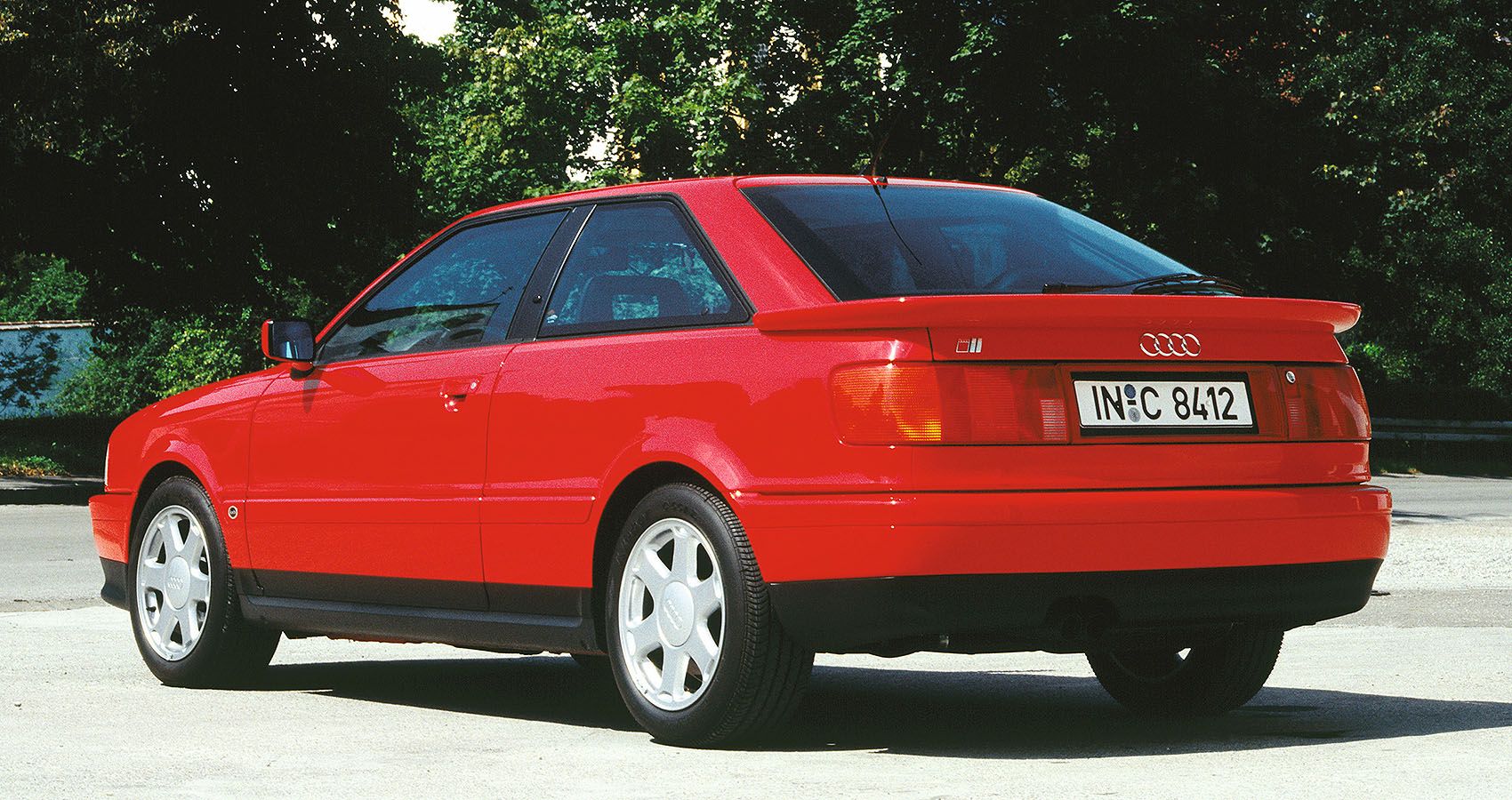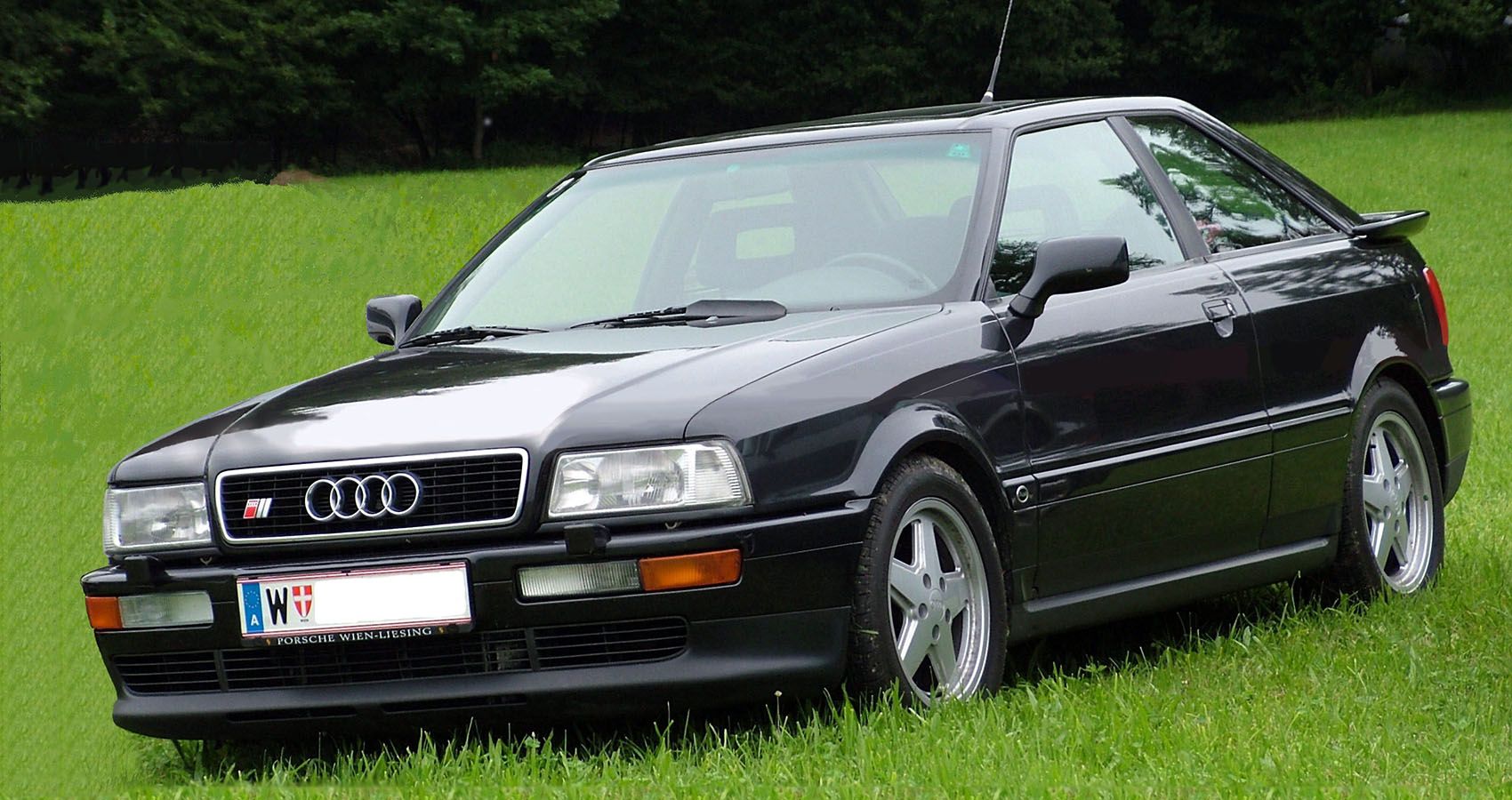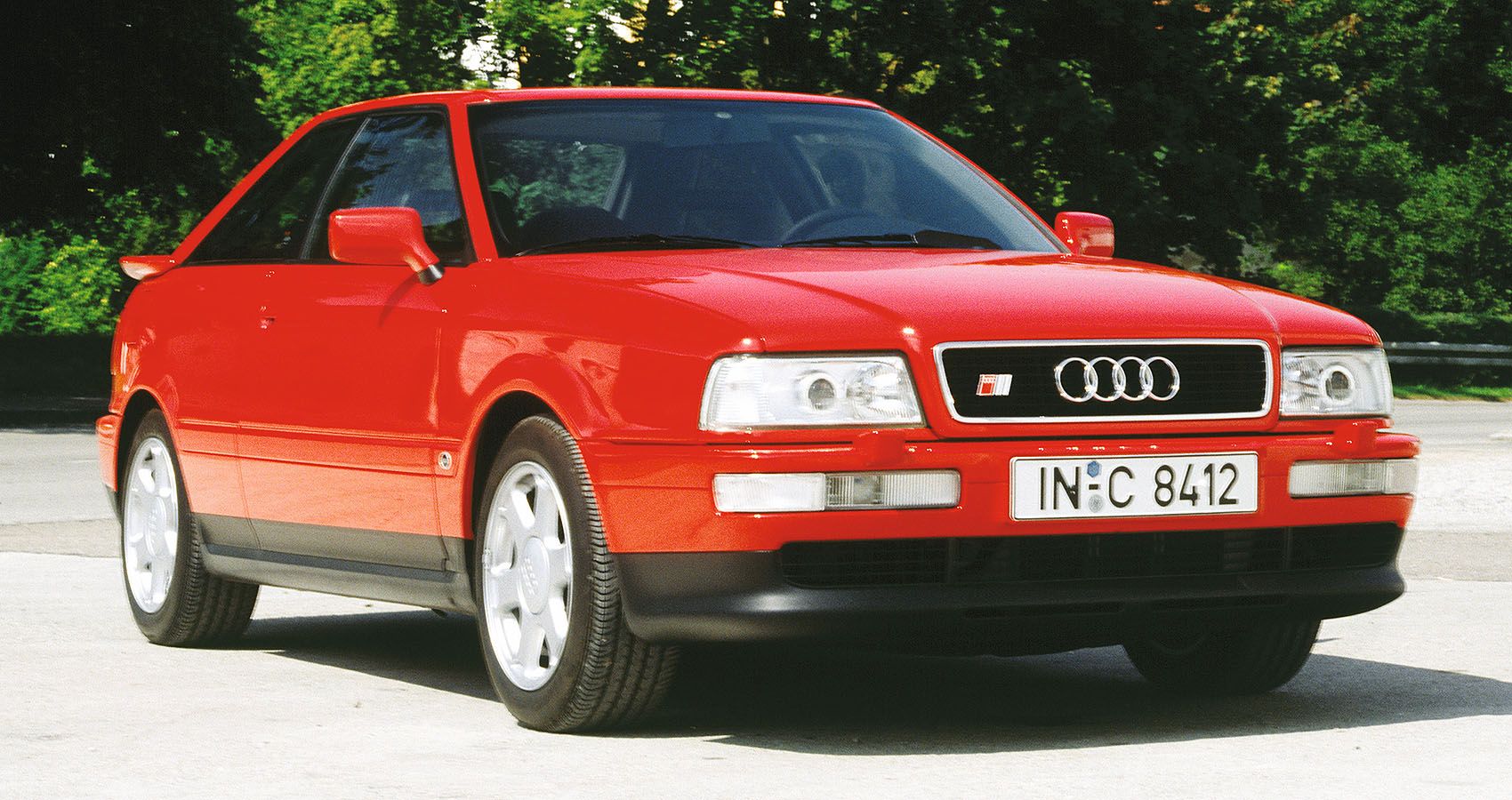In the early 1990s, Audi it was looking to assert its sporty nature as it prepared for a head-on clash with German luxury rivals BMW and Mercedes-Benz. So he turned to his in-house tuning division, Quattro GmbH (now Audi Sport GmbH) and created the first of his S Series cars: the S2.
The company also wanted to boost lagging sales of its Coupe and replace its still revered but aging Audi Quattro (introduced some 10 years earlier). The permanent four-wheel-drive Quattro car was an almost instant success on the world rally stage.
It dominated the circuit in the early 1980s with its Quattro A1 and A2 and Sport Quattro S1 and S1 E2. It was the intrigue of the S designation that led Audi to develop a sporty version of the Audi Coupe in September 1990. And the S2 was born.
The Audi S2 owes its existence to the Quattro and the 80 Coupe
The idea of a high-performance coupe originated in 1977 from Audi. The Quattro was introduced in Europe in 1980. It shared a platform and many parts with the B2 Audi 80 Coupe. It was the first application of a four-wheel drive car powered by a front-mounted turbocharged engine, with 200 hp delivered by a 2.1-liter longitudinal 5-cylinder.
When it came time to create the S2, Audi went back to the Audi 80 Coupe (now B4) platform and its looks. Power was once again provided by a turbocharged 5-cylinder engine, now displacing 2.2 liters with four valves per cylinder, and output was set at 220 hp. But this was increased to 230bhp in 1993 with minor tweaks, most notable of which was distributorless ignition. Of note, however, is the 228 lb-ft of low-end torque, which increased to 258 lb-ft in the 1993 facelift, and offered brief bursts of overboost up to 280 lb-ft. A standard five-speed manual transmission was changed to a six-speed manual in 1993.
As expected of all mechanicals, the S2 was no lightweight, tipping the scales at 3,362 pounds. However, the improved aerodynamics of a smoother shell (amounting to a drag coefficient of 0.32) allowed it to clock 0-60 mph in about 5.5 seconds and climb to a top speed of 150 mph ( 155 with the 1993 version, although it had a slower split 0-60 time).
The design of the Audi S2 was derived from the Quattro Hatch
In terms of performance potential, the Audi S2 had big shoes to fill, and the S designation elevated that promise perhaps beyond expectations. Most buyers remembered the dominance of the Quattro rally car, in particular the S1 versions…so they saw the S2 as the “new and improved” model. And it was, but not in the areas they expected.
The new B3 platform and chassis were further refined, delivering the noticeable improvements in ride quality that luxury customers have come to expect. On the other hand, rally car fans expected a stronger and harsher experience as proof of performance improvements.
And criticism of the then-new Servotronic steering’s lack of feedback (which adjusted the weight of the steering according to vehicle speed) further compounded enthusiasts’ disappointment.
And then there were the body panels, which have aged remarkably well over the past 30 years, but were deemed too “soft” for a performance coupe with a sports background, especially one that anointed the spiritual successor to the Four.
The interior was the typical leather appointment for a luxury car at the time. It had high-back seats topped by Audi’s transparent headrests. It was fitted with full instrumentation, including oil pressure, oil temperature and tension gauges in front of the manual shifter, all in white that changed to Audi’s red-on-black presentation at night.
Audi S2 paved the way for the legendary RS2
Many felt that the S2 had received unfair criticism for its sporty styling. Considering it was a road sports car with a touch of luxury (perhaps bordering on the GT, given its full four seats), there was still a desire to make a “sportier” version.
This led Audi to partner with another Volkswagen property, Porsche, to create the first RS car – the RS2 Avant. The good part was the improvements in the dynamics and performance of the vehicle.
This was thanks to input from Porsche for the suspension and brakes and tweaks to the engine. The interior was also greatly improved for the sporty-aspirant driver, with Recaro racing-style seats and carbon fiber trim.
How much is a rare used Audi S2 today?
The Audi S2 has aged well in looks and presentation. This is a year-round daily driver that, with proper maintenance, is expected to remain pristine for many more years of enjoyment.
Body panels maintain voids extremely well, and the body is said to remain free of bumps and rattles, although the rear hatch latch is said to be a source of some squeaks.
The interior retains its appearance and the materials are said to hold up well over the years. The only caveat is the leather suffers from aging wrinkles and can even wear out on some of the most used surfaces.
There were just under 7,400 made between 1991 and 1995, starting at between $39,500 and $44,000 depending on market and trim levels. Today, Audi S2s fetch between $13,000 and $27,000, depending on condition.
The problem, as with many other underrated solid performers, is that very few owners are prepared to part with an S2. According to data from Classic.com, only five were sold in the last five years.






